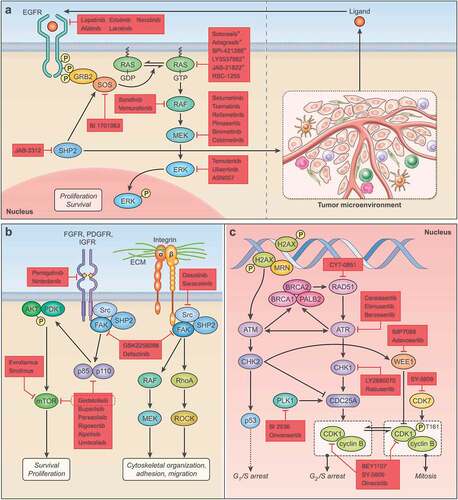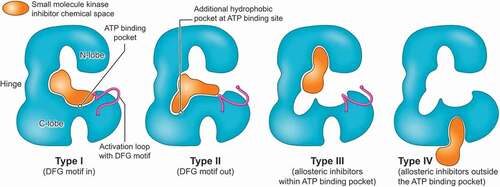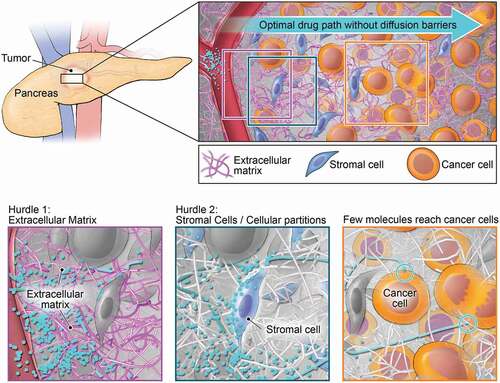Figures & data
Table 1. Current treatment options with designated regulatory approval in pancreatic cancer.
Table 2. Reported outcomes of pancreatic cancer patients treated with protein kinase inhibitors administered as single agent or in combination.
Table 3. Emerging protein kinase inhibitors under investigation for pancreatic cancer.



